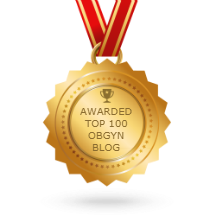ZIka virus news continues to be front and center. Zika virus causes an illness which is usually mild or moderate but is strongly associated with the development of a severe birth defect known as microcephaly. It is also associated with a post illness paralysis called Guillaine Barre.
This weeks changes include new mandatory reporting of confirmed case for all states in the US. Calls for Zikus virus research funding are being made. The WHO ( World Health Organization) has declared that the virus is spreading explosively. They have convened an emergency meeting, and in a rare move, has declared the virus a global health emergency. Brazil is the worst affected, the over 4000 cases of microcephalic babies born through the end of January. Additionally Brazilian health authorities are fearing a wave of illegal and unsafe abortions among women who have no access to contraception or insecticide. Florida has declared a health emergency over Zika. Health workers in Texas have confirmed the sexual transmission of the virus.
Brazil is using the military to spread insecticide.Two vaccine approaches are underway but will not likely be ready this year. Additionally genetically engineered mosquitos are being released into the wild, to sharply reduce the mosquito population. The US Senate plans to meet about the outbreak and plans to work closely with ACOG ( The American College of Obstetricians and Gynecologists) to address the problem.
In other news, ACOG has issued a statement urging Ob/Gyns to support new mothers whether they breastfeed or not. In the same brief, it continued to advocate for policies that support a working woman’s right to breastfeeding.
In more breastfeeding news, the Lancet has reported research indicating that if “nearly every new mother breastfed, that more than 800,000 children’s lives would be saved each year and that thousands of future breast cancer deaths would be avoided." Compelling !
Stay tuned for more breaking news from the world of Ob/Gyn. Thanks for reading !





















